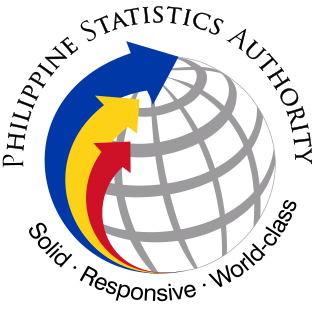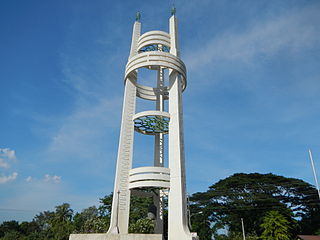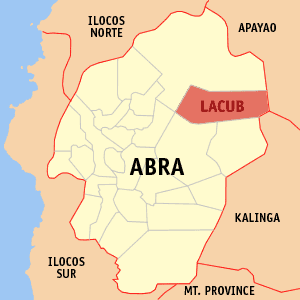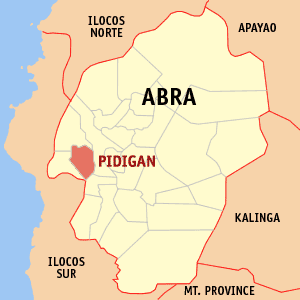Bagac | ||
|---|---|---|
| Municipality of Bagac | ||
 Municipal Plaza | ||
| ||
 Map of Bataan with Bagac highlighted | ||
Location within the Philippines | ||
| Coordinates: 14°36′N120°24′E / 14.6°N 120.4°E Coordinates: 14°36′N120°24′E / 14.6°N 120.4°E | ||
| Country | ||
| Region | Central Luzon (Region III) | |
| Province | Bataan | |
| District | 2nd District | |
| Founded | 1866 | |
| Barangays | 14 (see Barangays) | |
| Government | ||
| • Type | Sangguniang Bayan | |
| • Mayor | Louise Gabriel Q. del Rosario | |
| • Vice Mayor | Ron Michael Alexis R. del Rosario | |
| • Electorate | 22,230 voters (2016) | |
| Area | ||
| • Total | 231.20 km2 (89.27 sq mi) | |
| Population (2015 census) [3] | ||
| • Total | 26,936 | |
| • Density | 120/km2 (300/sq mi) | |
| Time zone | UTC+8 (PST) | |
| ZIP code | 2107 | |
| PSGC | ||
| IDD : area code | +63 (0)47 | |
| Climate type | Tropical monsoon climate | |
| Income class | 3rd municipal income class | |
| Revenue (₱) | 103,569,013.80 (2016) | |
| Native languages | Mariveleño Tagalog | |
Bagac, officially the Municipality of Bagac, (Tagalog : Bayan ng Bagac; Kapampangan : Balen ning Bagac), is a 3rd class municipality in the province of Bataan, Philippines. According to the 2015 census, it has a population of 26,936 people. [3]

Tagalog is an Austronesian language spoken as a first language by a quarter of the population of the Philippines and as a second language by the majority. Its standardized form, officially named Filipino, is the national language of the Philippines, and is one of two official languages alongside English.

Kapampangan, Pampango, or the Pampangan language is a major Philippine language. It is spoken in the province of Pampanga, most of Tarlac and Bataan. Kapampangan is also understood in some municipalities of Bulacan and Nueva Ecija and by the Aeta people of Zambales. The language is known honorifically as Amánung Sísuan.

Bataan is a province situated in the Central Luzon region of the Philippines. Its capital is the City of Balanga. Occupying the entire Bataan Peninsula on Luzon, Bataan is bordered by the provinces of Zambales and Pampanga to the north. The peninsula faces the South China Sea to the west and Subic Bay to the north-west, and encloses Manila Bay to the east.
Contents
With an area of 231.20 square kilometres (89.27 sq mi), [4] Bagac is the largest municipality in Bataan.




























